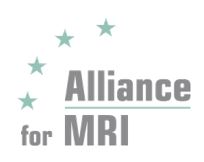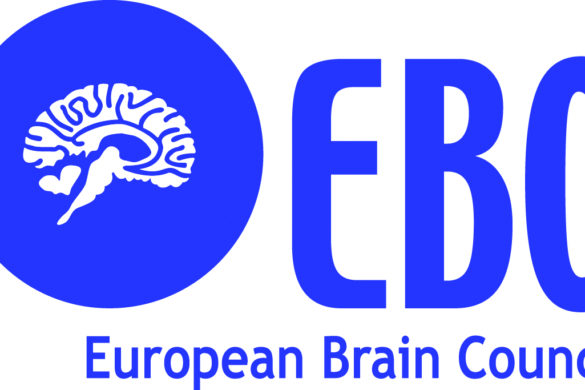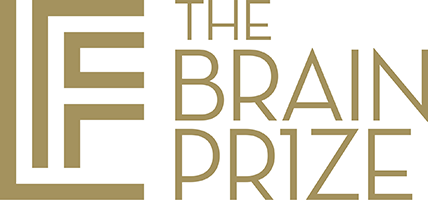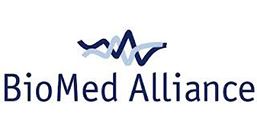The Alliance for MRI, a coalition of European Parliamentarians, patient groups, leading European scientists and the medical community, was officially launched in March 2007 in response to the pending implementation of the EU Physical Agents 2004/40/EC (on electromagnetic fields) in April 2008. The Alliance was founded by the European Society of Radiology, the European Federation of Neurological Associations and Dr. Hannes Swoboda MEP, Chair of the Socialist Group in the European Parliament. In October 2007, the European Commission proposed extending the implementation deadline from April 2008 to April 2012, to allow more time for the evaluation of new data on electromagnetic fields and their short-term effects on the human body. As a result, the European Commission published a new proposal in June 2011 revising Directive 2004/40/EC in order to exempt MRI from the exposure limit values. The MRI safety is already ensured through the MR safety standard IEC/EN 60601-2-33 (harmonised through the European Medical Devices Directives) which defines criteria for minimising physiological effects due to exposure to time-varying electromagnetic fields for patients and workers. In 2013, the revised EMF Directive 2013/35/EU including a conditional derogation for MRI scanners from the requirement to comply with the exposure limit values was adopted and will come into force in July 2016. Magnetic Resonance Imaging (MRI) is a diagnostic technique that uses radio and magnetic waves to produce images of unrivalled quality, particularly of soft tissues that are not well depicted using X-rays. It is essential for the diagnosis and treatment of life-threatening diseases such as cancer, heart diseases and brain disorders. MRI is used for mapping brain functions prior to surgery for diseases such as epilepsy and to advance our understanding of how the brain works. New cutting-edge diagnostic and treatment techniques such as MRI-guided surgery are constantly being developed, leading to improved patient outcomes.
The EU Physical Agents Directive setting minimum safety requirements regarding the exposure of workers to risks arising from electromagnetic fields (EMF), which at the time posed a serious threat to the future use of Magnetic Resonance Imaging (MRI) technology kept us busy for a number of years requiring enormous efforts.
After this six-year battle of combined effort, the Alliance for MRI campaign obtained a conditional derogation for MRI scanners from the requirement to comply with the exposure limit values, ensuring continued patient access and securing the future use of MRI technology.
The revised EMF Directive (2013/35/EU) was adopted in 2013, requiring the development of a Non-binding guide to good practice on the minimum health and safety requirements regarding the exposure of workers to the risks arising from physical agents (electromagnetic fields) for all sectors, including MR technology, to be published before the Directive comes into effect this year.
The Alliance for MRI announces the European Commission’s publication of the Non-binding guide to good practice, developed by Public Health England (PHE) in collaboration with ESR experts, providing their expertise to the guide’s Annex F Guidance on MRI.
This practical guide will assist employers, particularly small to medium sized enterprises, in understanding what they will need to do to comply with the Directive. It may also be useful for workers, worker representatives, and regulatory authorities in EU Member States, and consists of two volumes as well as a specific guide for SMEs.
The practical guide volume 1, including Annex F, Guidance on MRI, provides advice on carrying out risk assessment and further advice on the options that may be available where employers need to implement additional protective or preventive measures.
Volume 2 presents twelve case studies that show employers how to approach assessments and illustrate some of the preventive and protective measures that might be selected and implemented. The case studies are presented in the context of generic workplaces, but were compiled from real work situations.
The guide for SMEs will assist employers in carrying out an initial assessment of the risks from EMF in their workplaces. Based on the outcome of this assessment, it will help to decide whether there is a need to take any further action as a result of the EMF Directive.
To access all three parts of the Non-binding guide to good practice for implementing Directive 2013/35/EU Electromagnetic Fields, please click here (available in all official languages of the EU).













